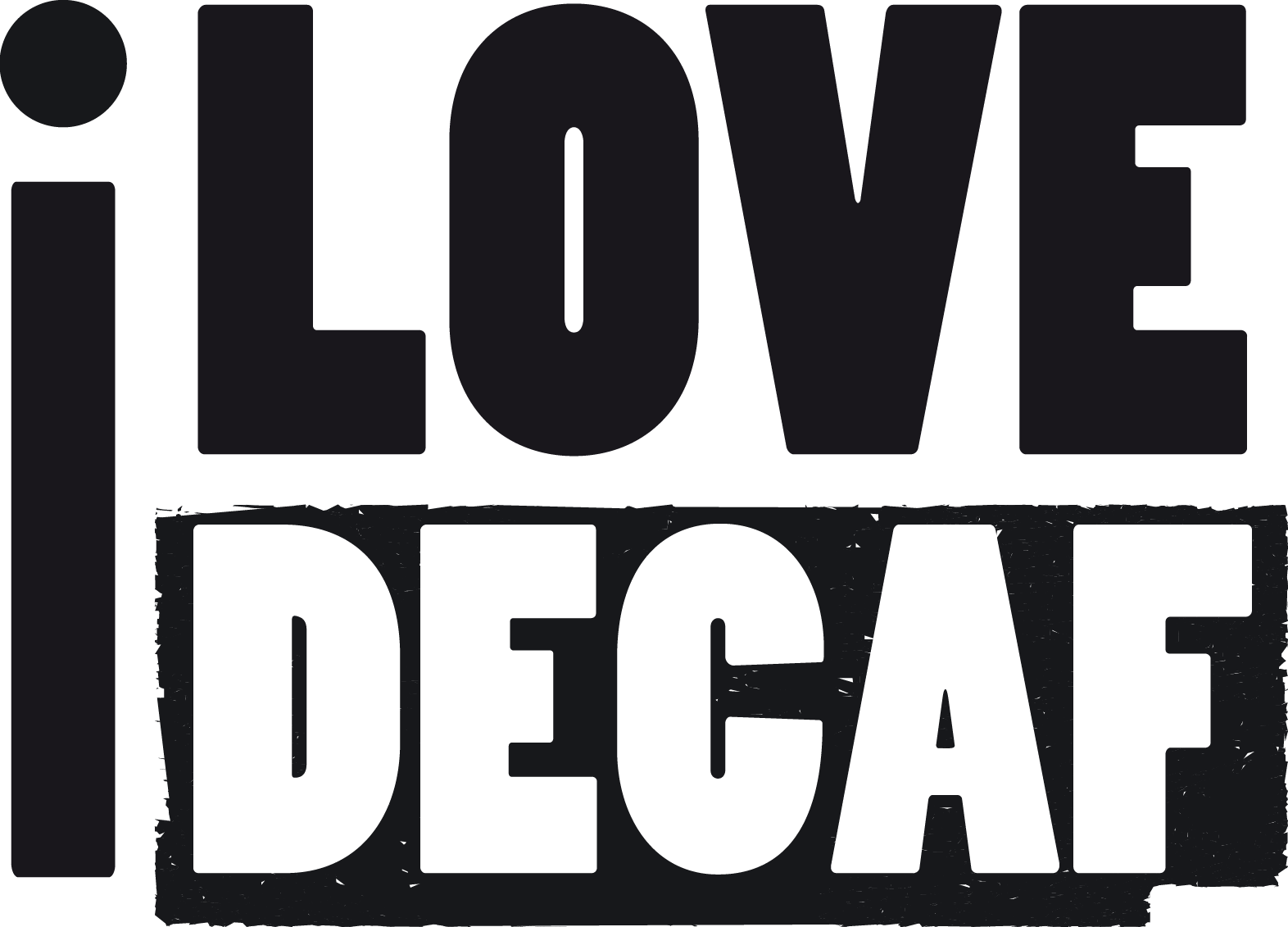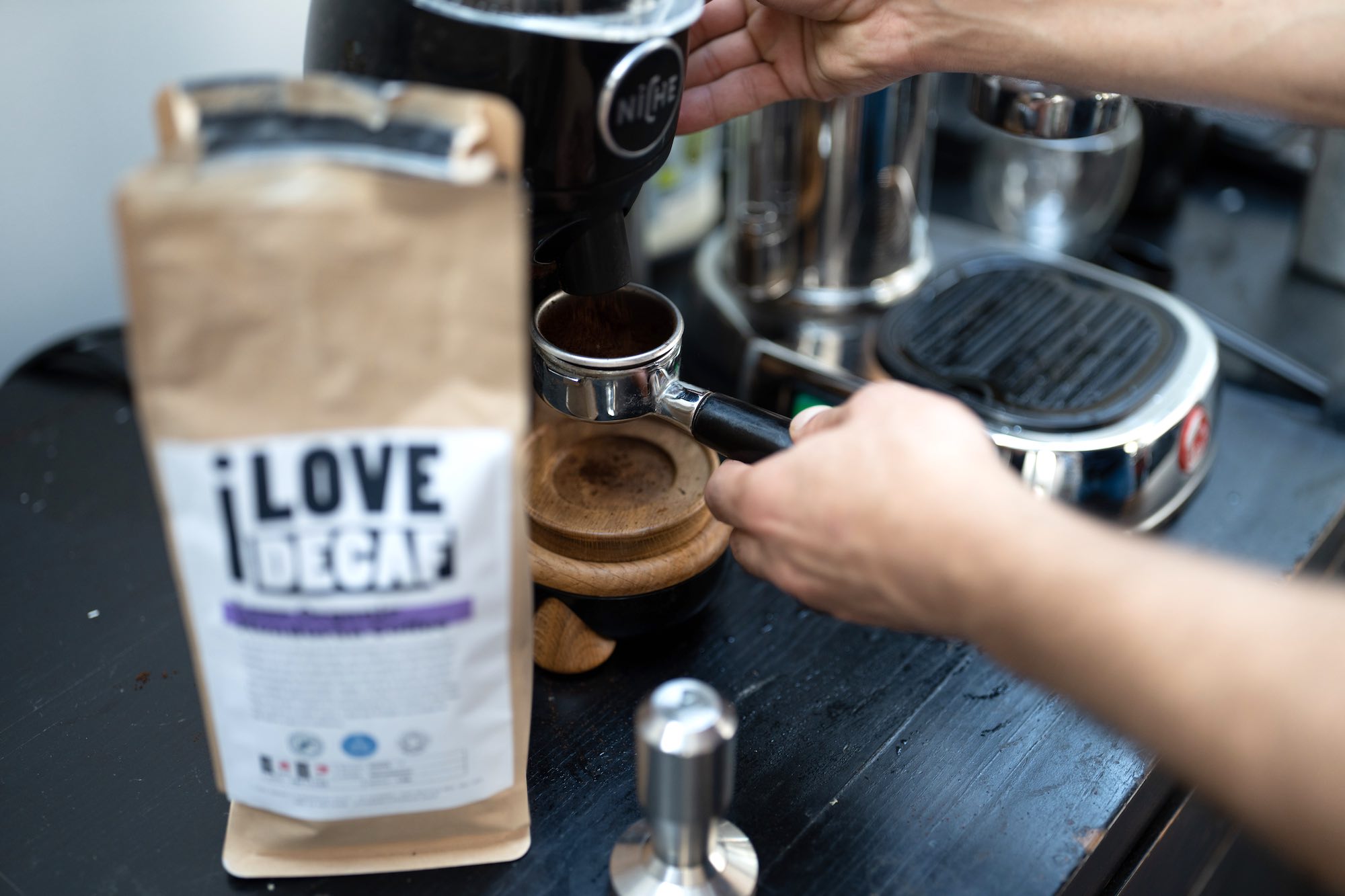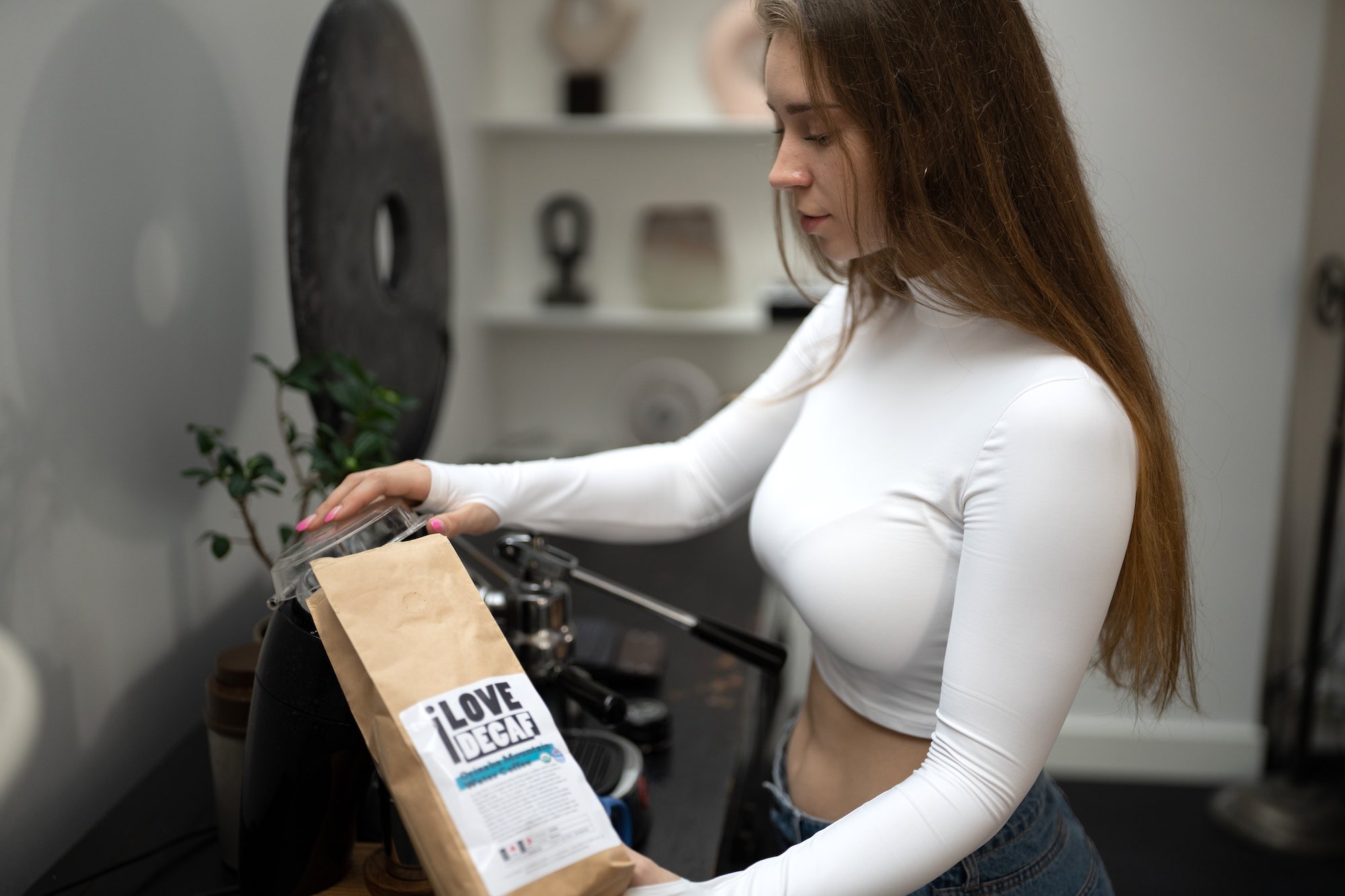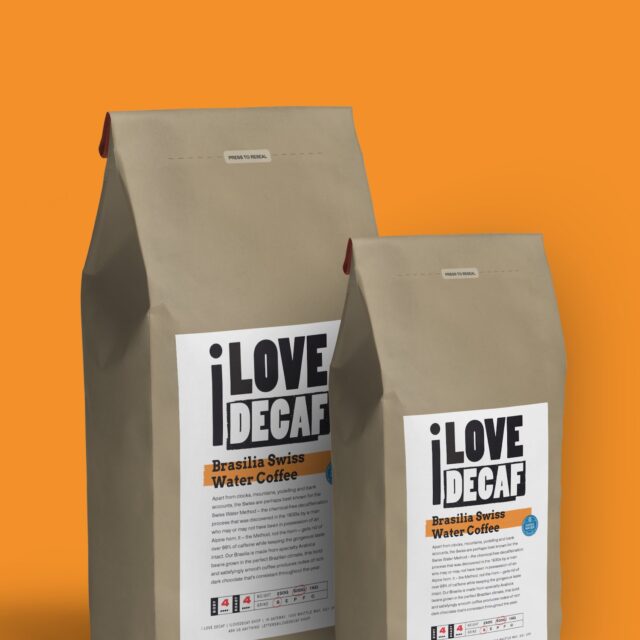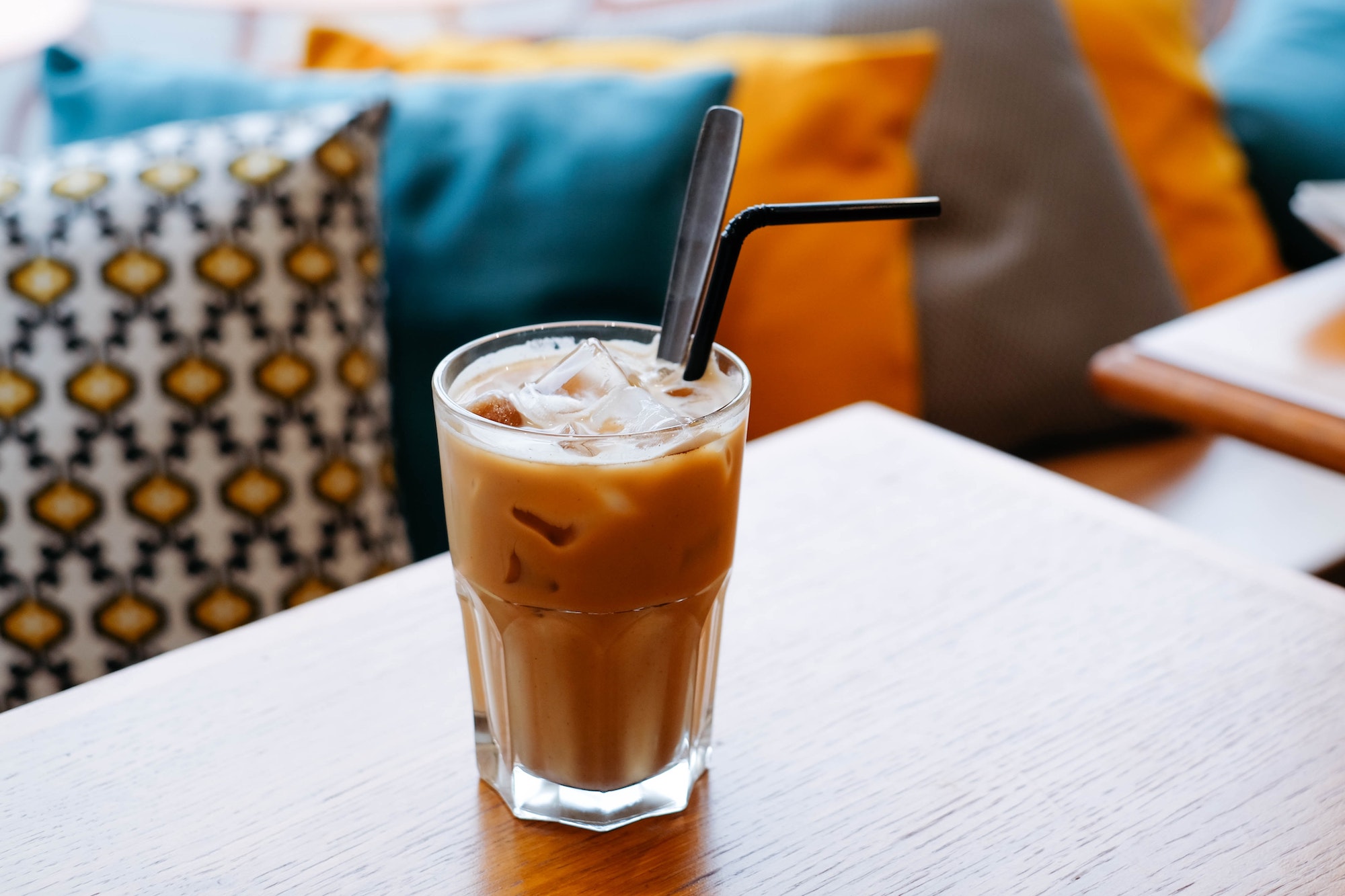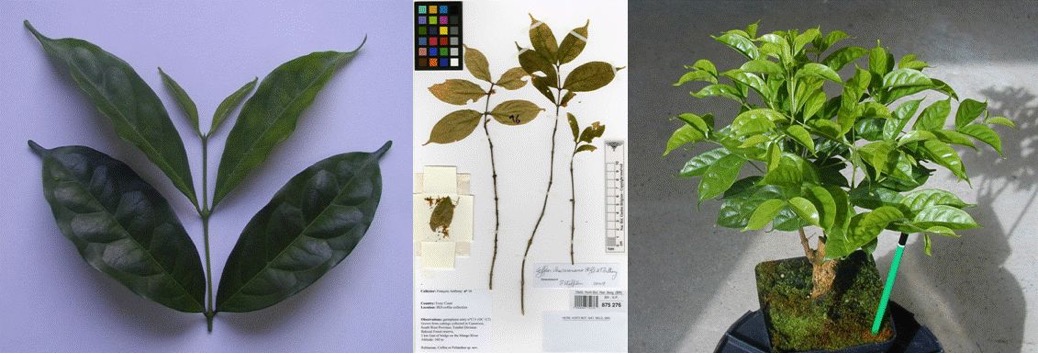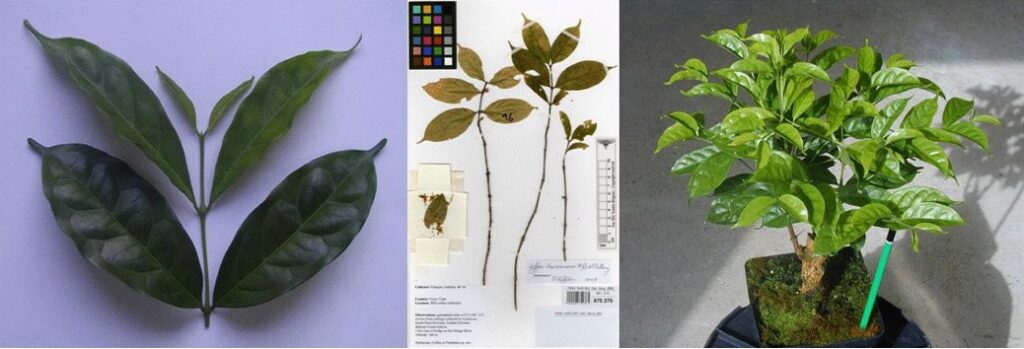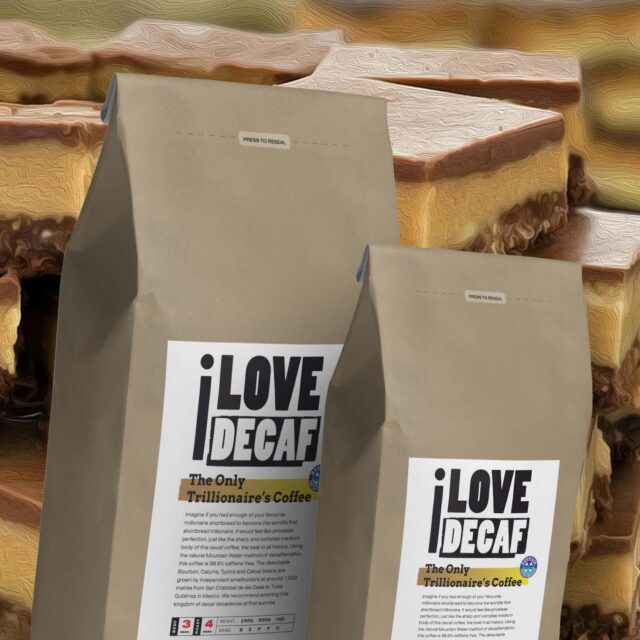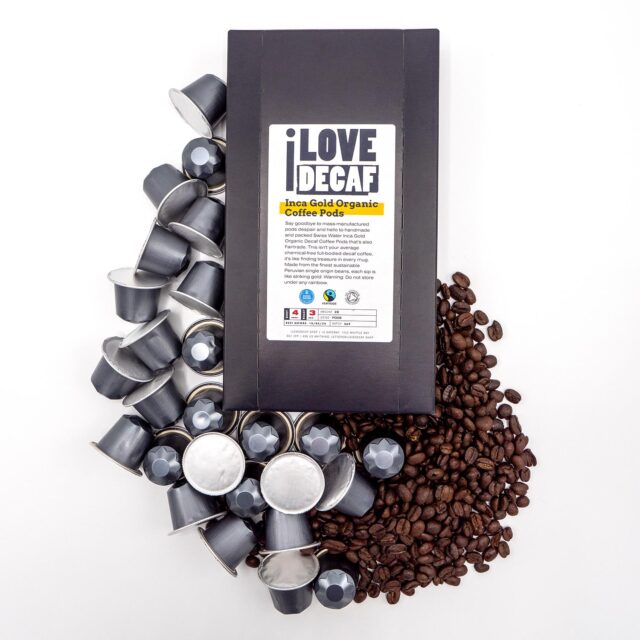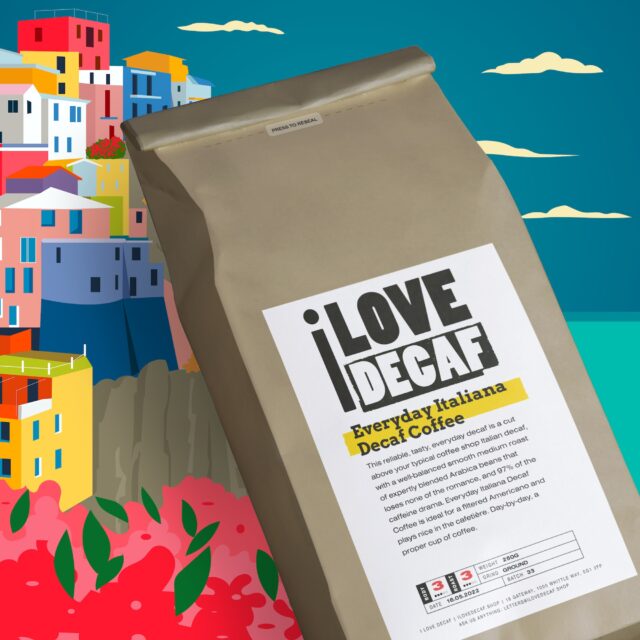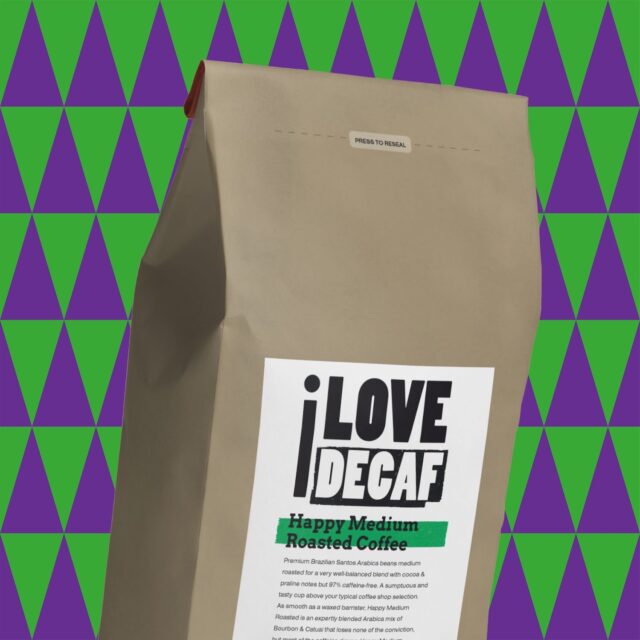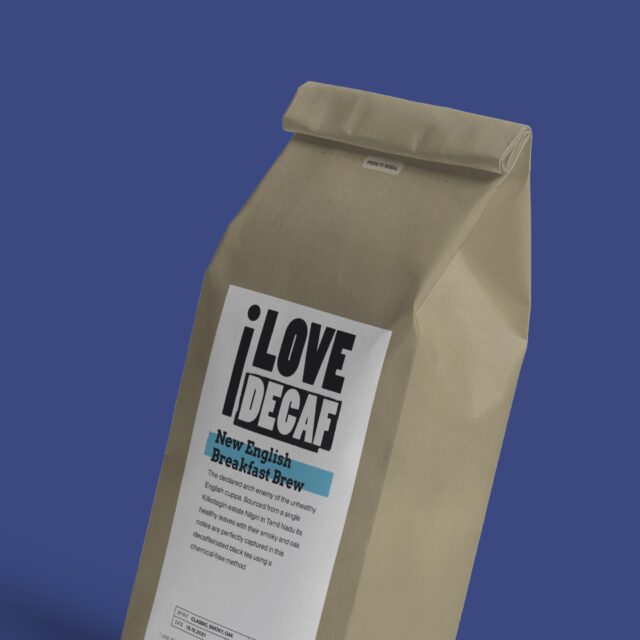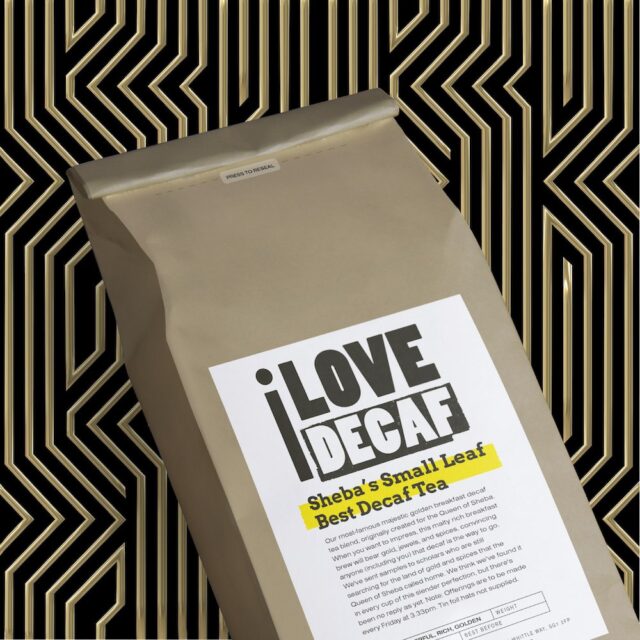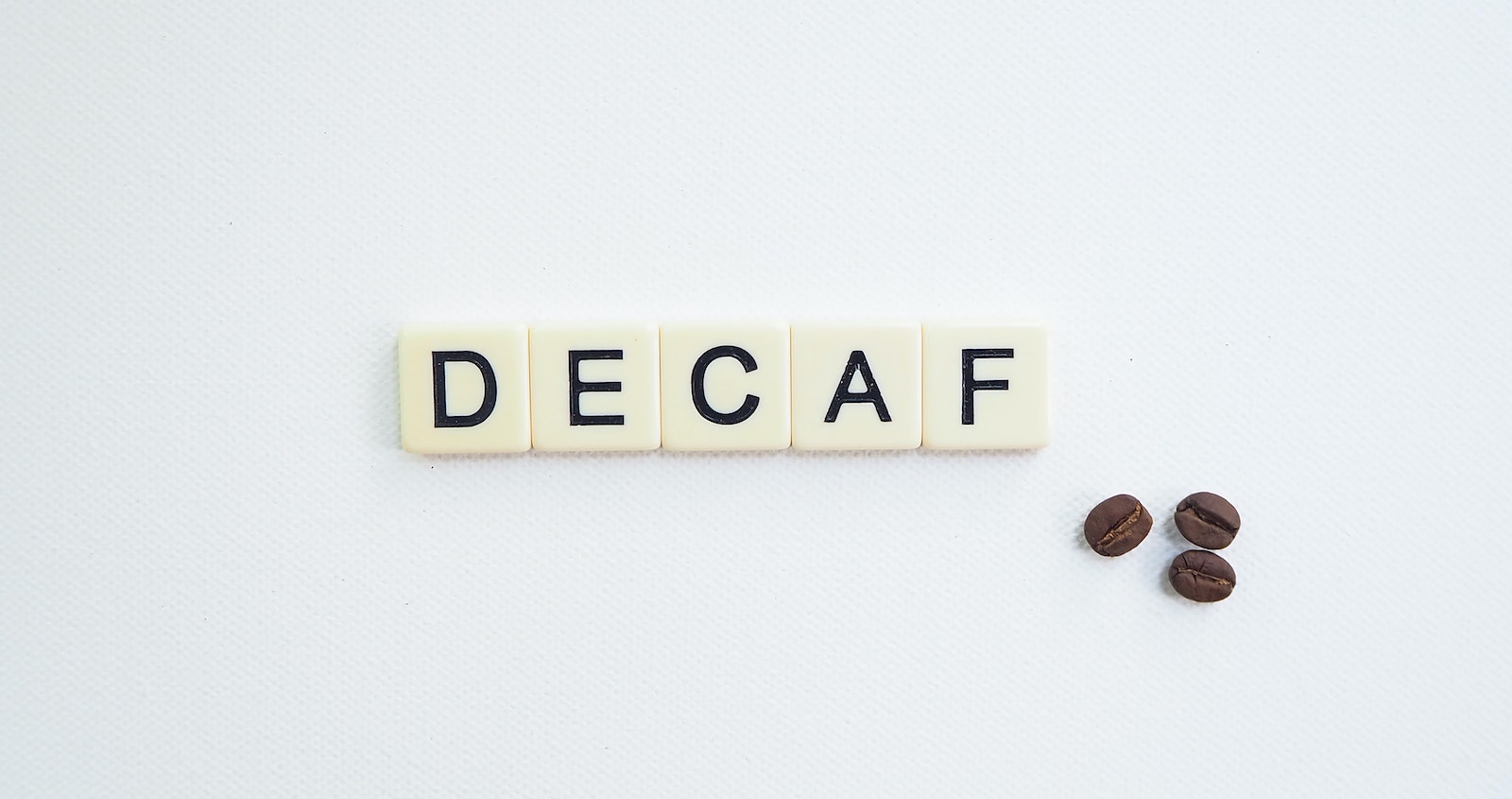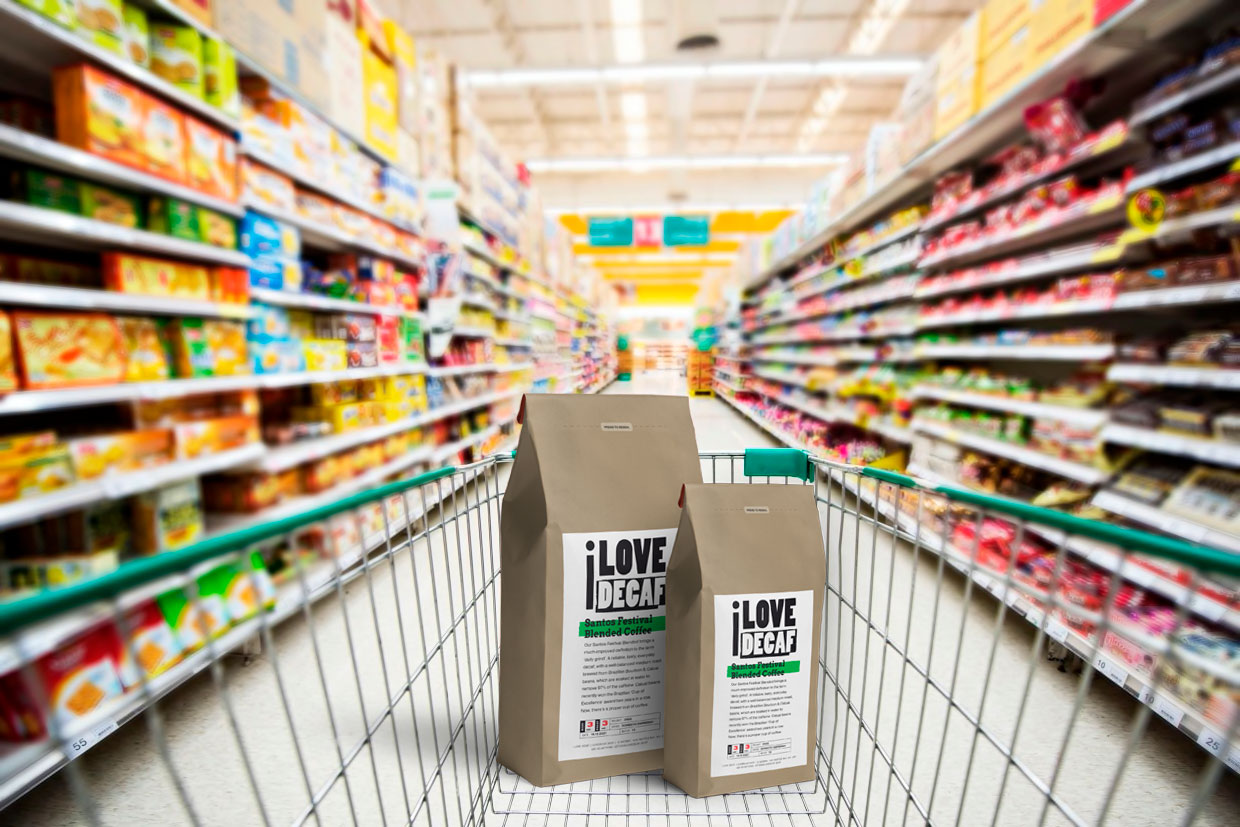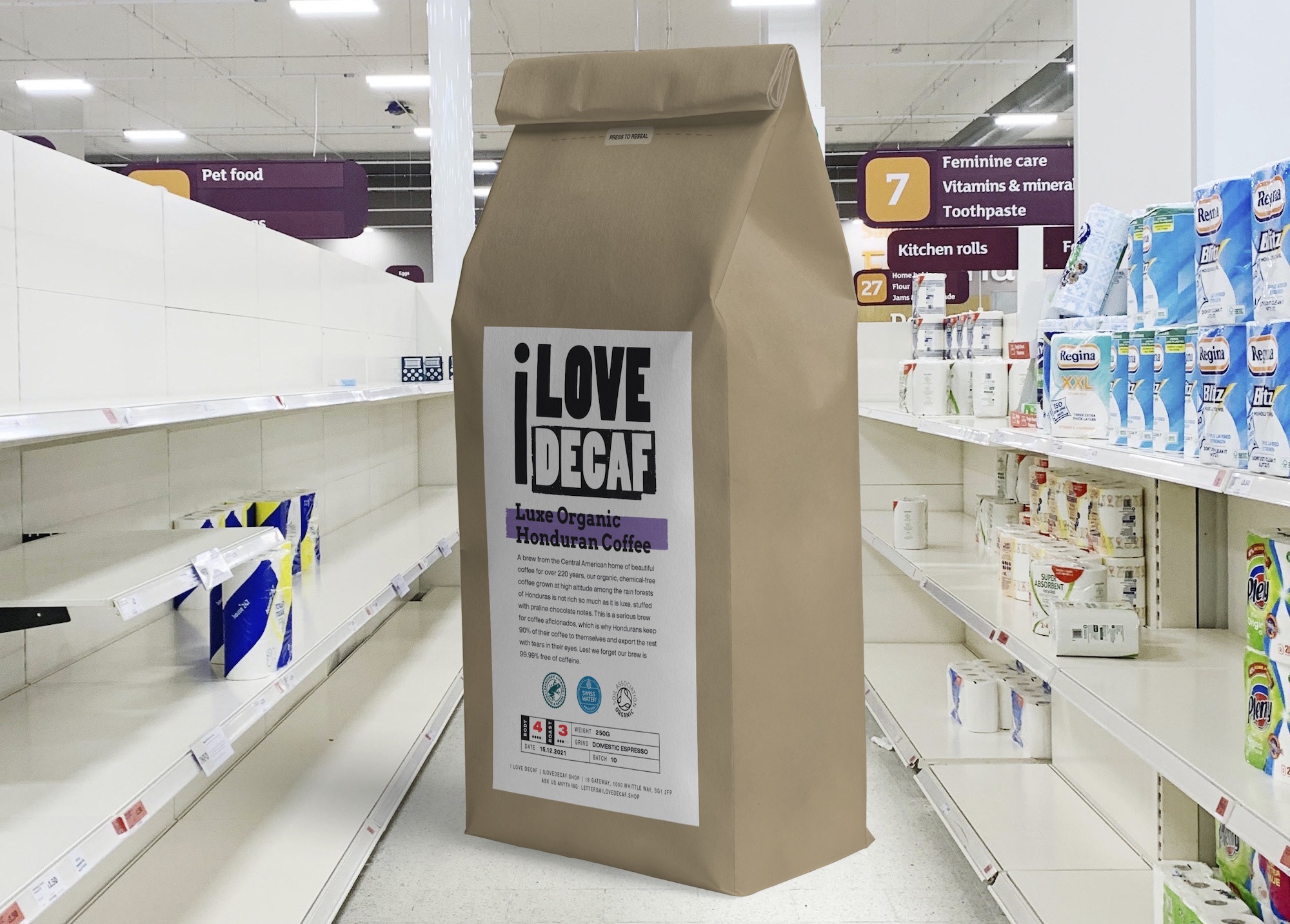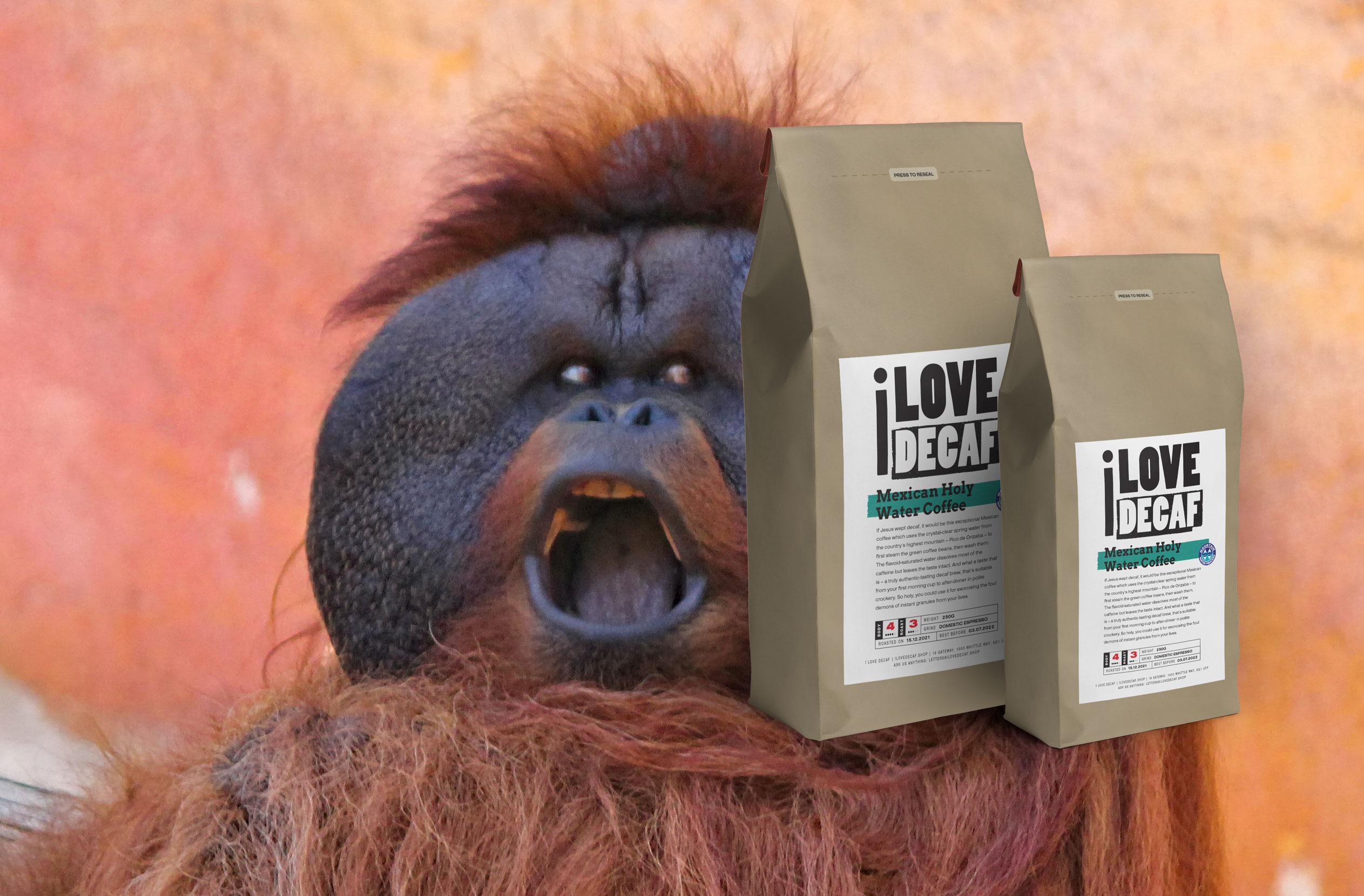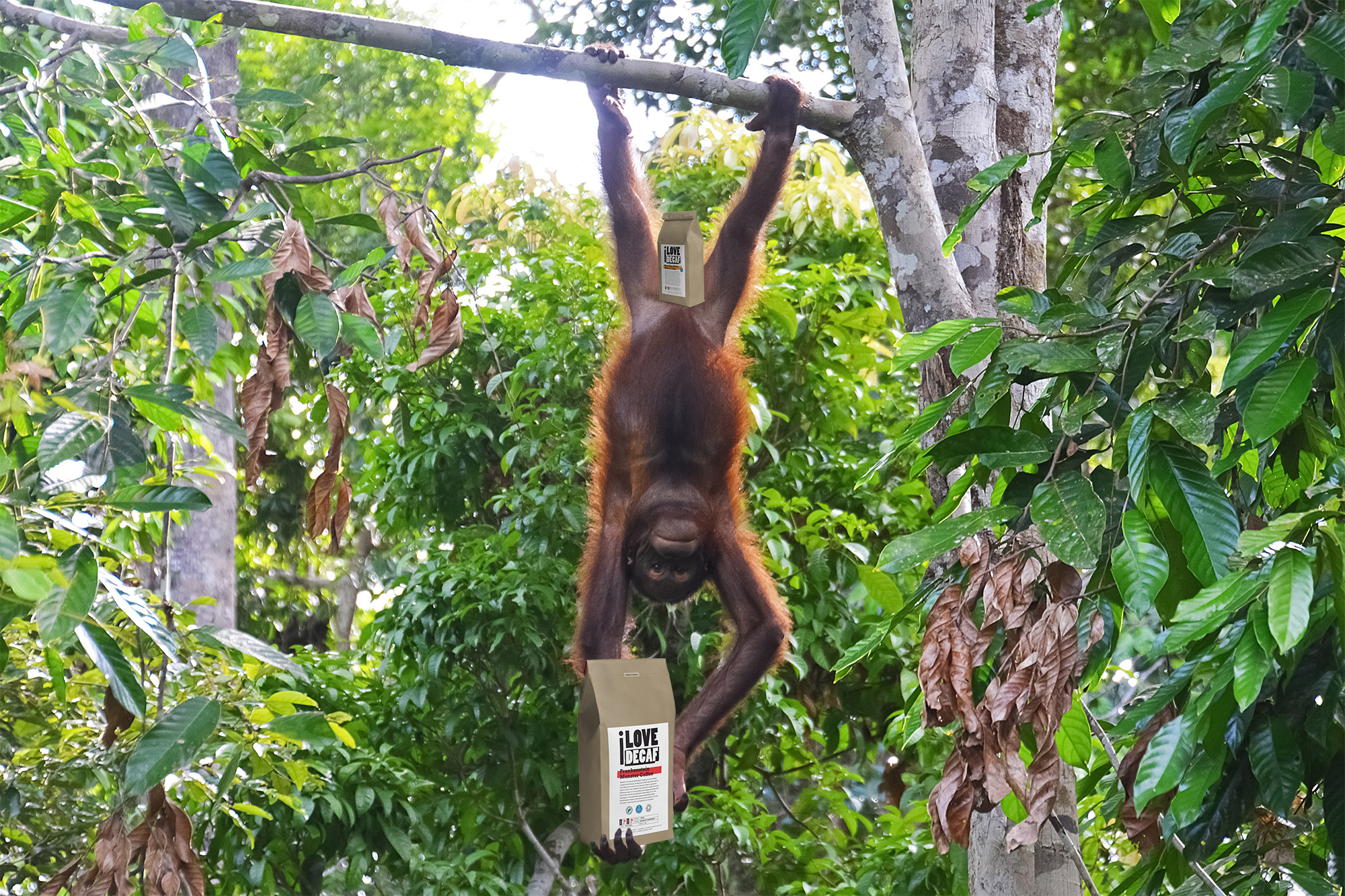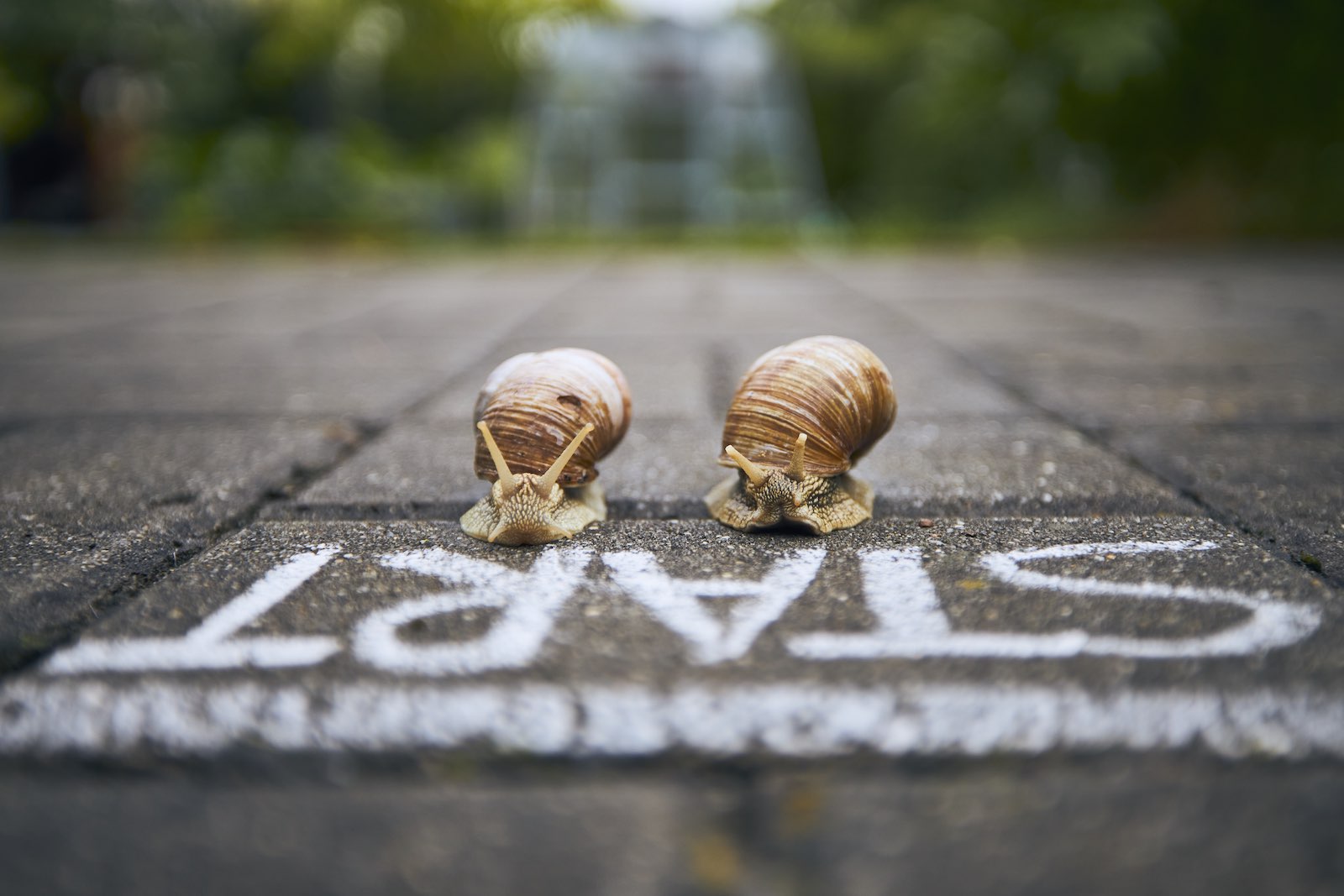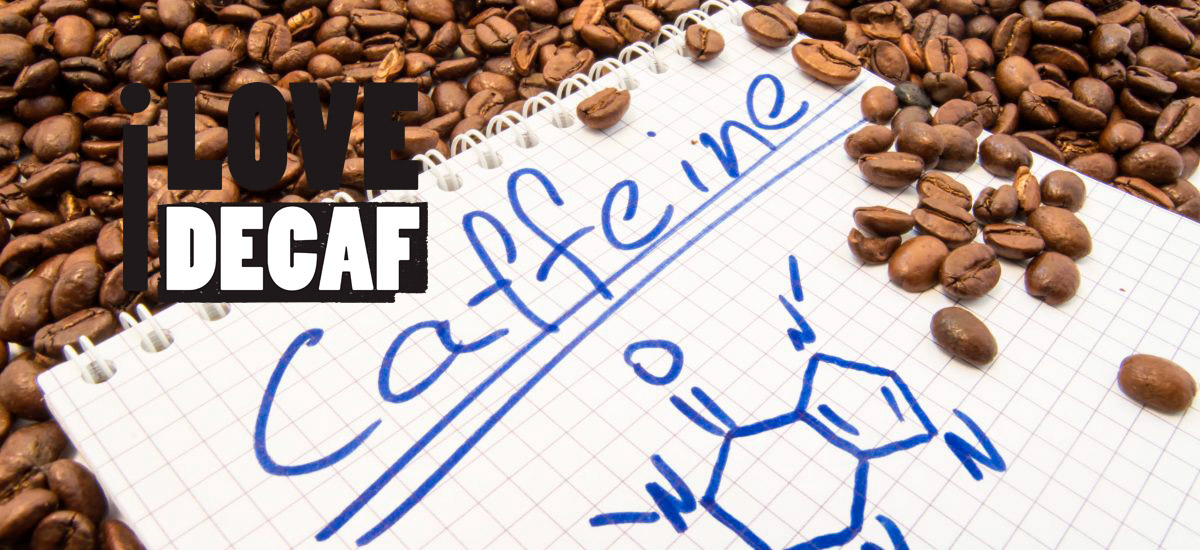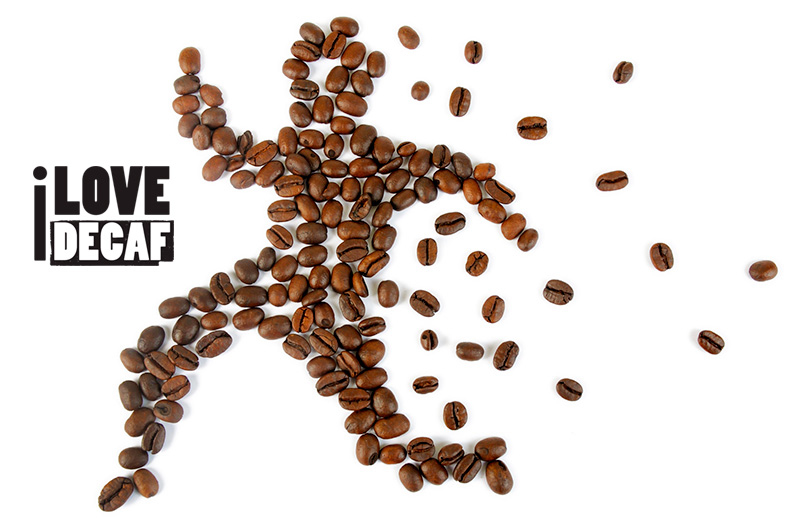Most people don’t know that organic decaf coffee beans are the best to grind and brew with. If you are not convinced, then buckle-up as we will be exploring why they are so good and what makes them different from other coffee beans.
Why Organic Decaf Coffee Beans Are The Best
Caffeine is one of the most consumed drugs in the world. It’s responsible for giving us that quick burst of energy we need to get through the morning, and for keeping us alert during the afternoon slump. But what are the ramifications of caffeine consumption?
One of the most common side effects of caffeine consumption is anxiety. In fact, research has shown that people who consume caffeine regularly are at a greater risk of developing anxiety disorders than those who don’t. And while it’s not clear why this is, it may have to do with the fact that caffeine disrupts the normal balance of neurotransmitters in the brain.
Another downside to caffeine is its impact on sleep. Too much caffeine can keep you up at night, leading to restless nights and a lack of quality sleep. And if you’re struggling to get a good night’s sleep, it’s not only going to affect your health – it’ll also affect your mood and productivity.
So why are organic decaf coffee beans better than regular decaf?
Organic decaf coffee beans are made from beans that have been organically grown without the use of pesticides or herbicides. This means that they’re free from chemicals that are harmful to human health. By comparison, regular decaf beans are grown in massive quantities where the beans are sprayed with herbicides and pesticides.
These chemicals can be harmful, impacting the immune, nervous and endocrine systems. These chemicals have also been linked to cancers and organ damage (such as liver damage).
Organic decaf coffee beans are decaffeinated without the use of chemical solvents such as ethylene glycol or methylene chloride. This means that it’s free from harsh chemicals that can cause inflammation and damage cell membranes – which is why organic decaf may taste better than regular decaf. Now you know all of these benefits of buying organic coffee, there’s just one thing left: how to find great brands (fortunately, you are in the right place).
The Benefits of Organic Decaf Coffee Beans
The health benefits of organic decaf coffee beans are undeniable. Not only are organic beans more environmentally friendly, but they also tend to have higher levels of antioxidants, which can improve overall health. Additionally, organic coffee is often lower in caffeine than conventionally grown coffee. This means that you can enjoy a cup of joe without feeling jittery or overwhelmed. Finally, organic coffee often has a more complex flavor profile than regular coffee, making it the perfect choice for those who are looking for a unique and pleasing cup of java.
Organic Decaf Coffee Beans vs Organic Ground
As soon as you grind your organic decaf coffee beans – like all beans – you start the clock on losing flavour. Buying the beans and a grinder makes your coffee even fresher,
Tips On Buying and Brewing the Perfect Cup
- Brewing organic decaf coffee beans can be tricky, but it’s well worth it. Here are a few tips to help you get the perfect cup:
- Choose beans that are light and mild. Acidity is key in making a good cup of coffee.
- Be sure to grind your beans just before brewing. Too much ground coffee will make your drink bitter and over-caffeinated.
- Try using a French press or pour-over method to get the most flavor out of your beans. Both methods allow more contact with the coffee grounds, which results in a more intense flavour.
- Finally, remember that temperature is key when brewing organic decaf. Brewing at too high or low of a temperature can result in poor taste or sourness. Experiment to find the perfect temperature for your taste preference.
Alternatives to Organic Decaf Coffee Beans
If you’re looking for organic decaf coffee beans, you should consider opting for beans that are certified organic. According to The Organic Trade Association, certified organic coffees are made from beans that have been grown without the use of synthetic pesticides, herbicides or chemical fertilizers. In addition, certified organic coffees are not processed with irradiation, which is a process that uses high levels of radiation to kill bacteria. An end-to-end organic product will not have been decaffeinated with solvents or come into contact with other chemicals either. Swiss Water Process and Mountain Water process are likely to have been used in proper organic decaf coffee beans. Consequently, certified organic decaf coffee is likely to be much more environmentally friendly than non-organic decaf coffee.
Conclusion
If you’re looking for a better cup of coffee, organic decaf coffee beans are the way to go. Not only do they have lower levels of harmful chemicals, but they also taste better than conventionally processed beans. If you’re on the lookout for an environmentally friendly option, organic decaf coffee beans are the way to go.
-
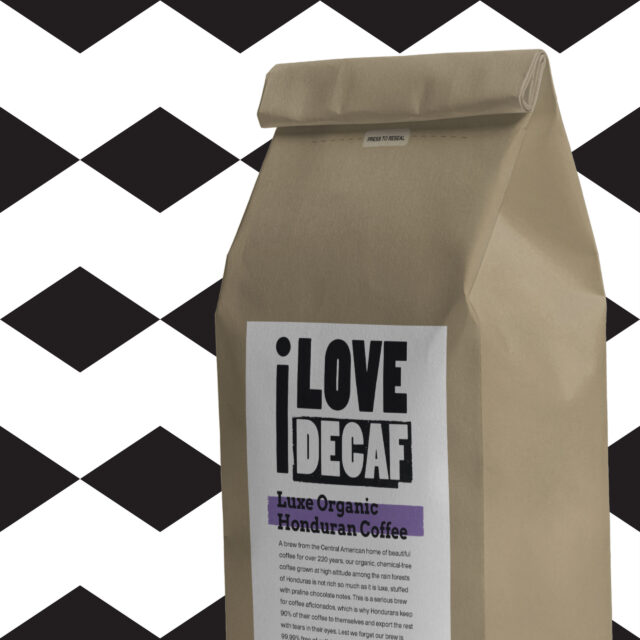 Luxe Organic Swiss Water Honduran Decaf Coffee£7.49 – £24.99
Luxe Organic Swiss Water Honduran Decaf Coffee£7.49 – £24.99 -
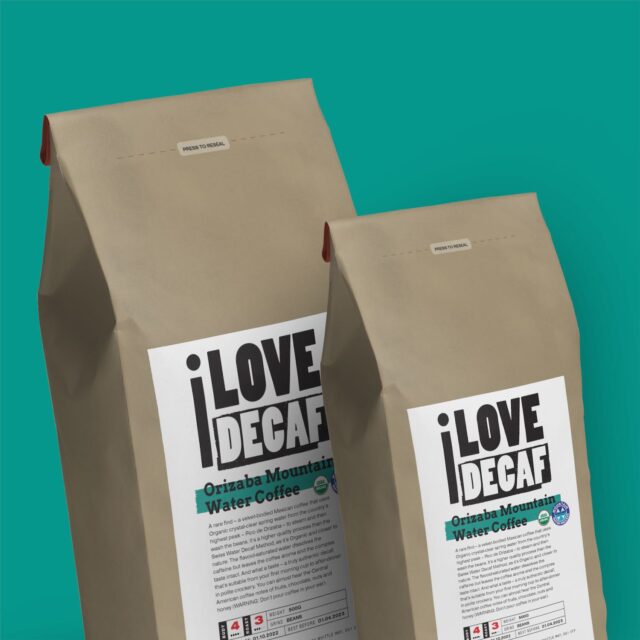 Orizaba Mountain Water Decaf Coffee (Swiss Water Style)£7.49 – £27.40
Orizaba Mountain Water Decaf Coffee (Swiss Water Style)£7.49 – £27.40 -
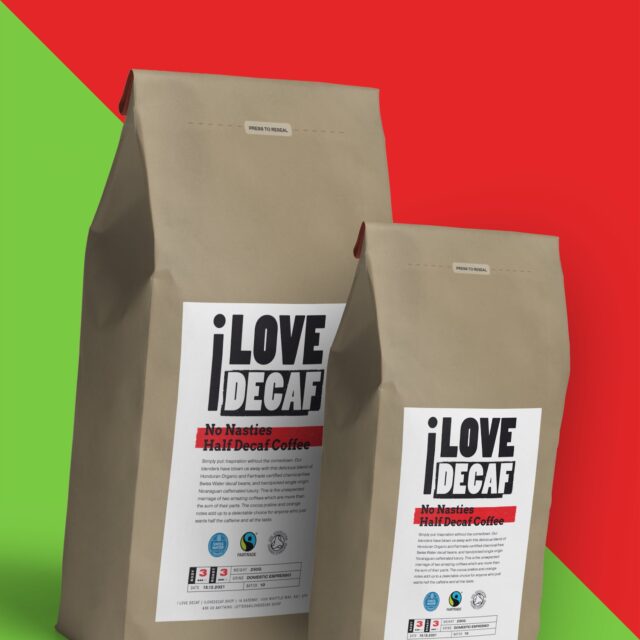 No Nasties Half Decaf Organic Coffee£6.49 – £20.20
No Nasties Half Decaf Organic Coffee£6.49 – £20.20
